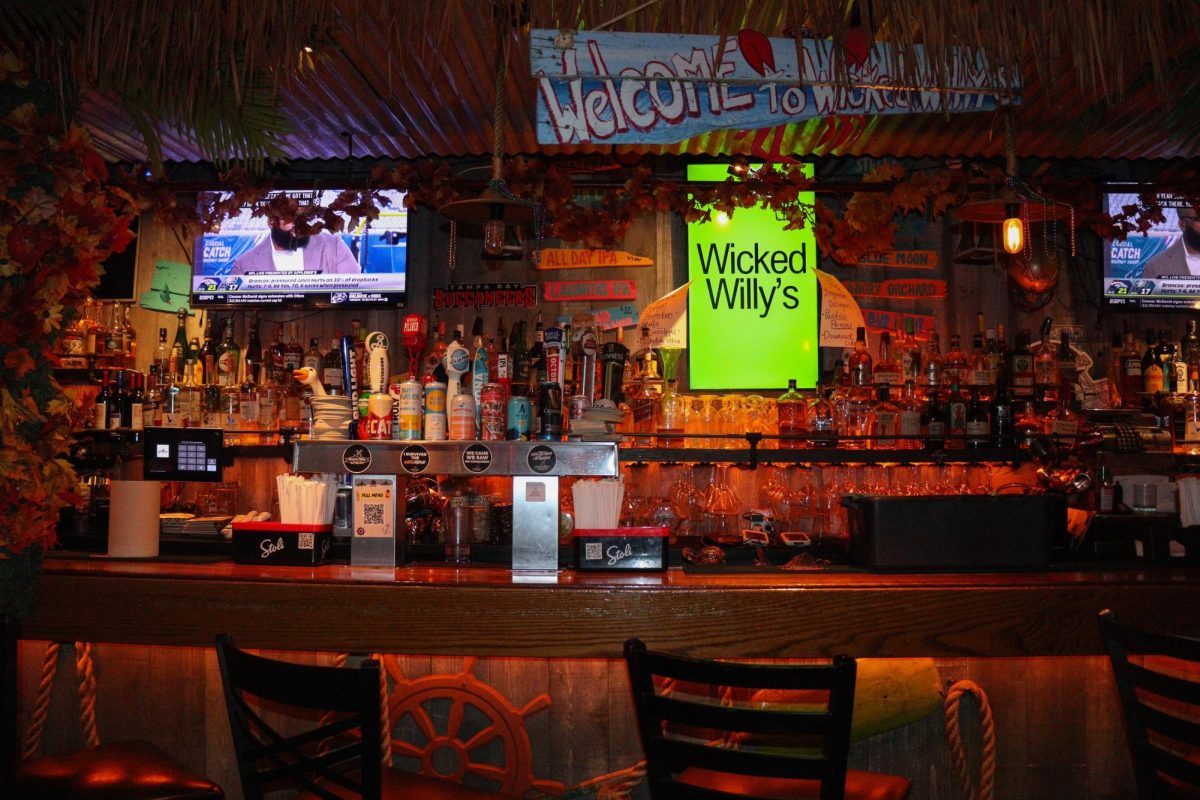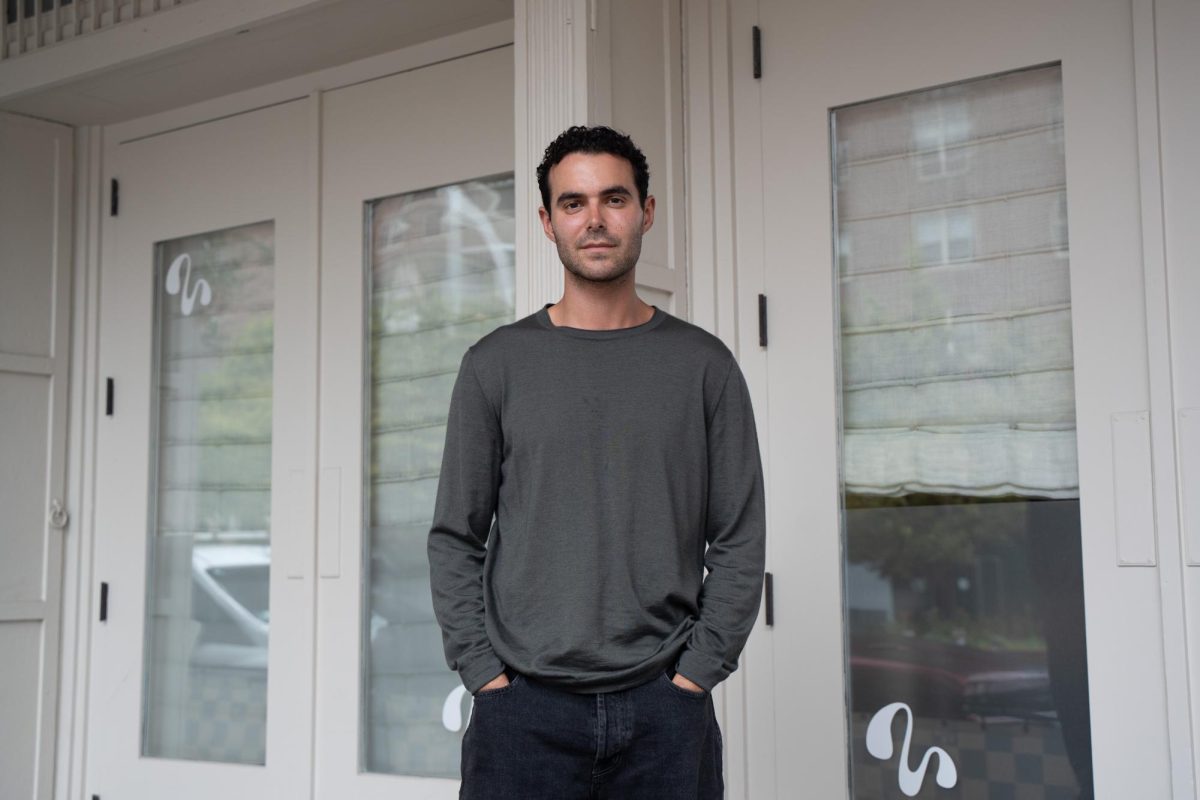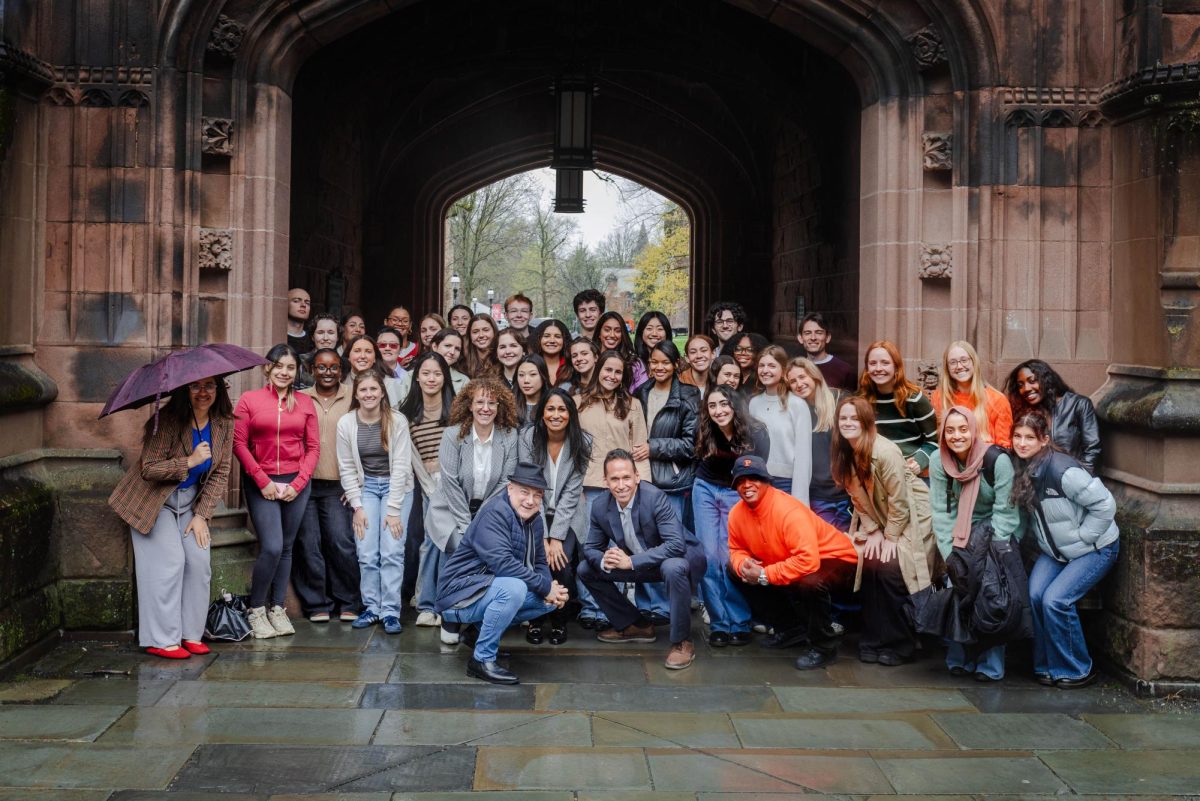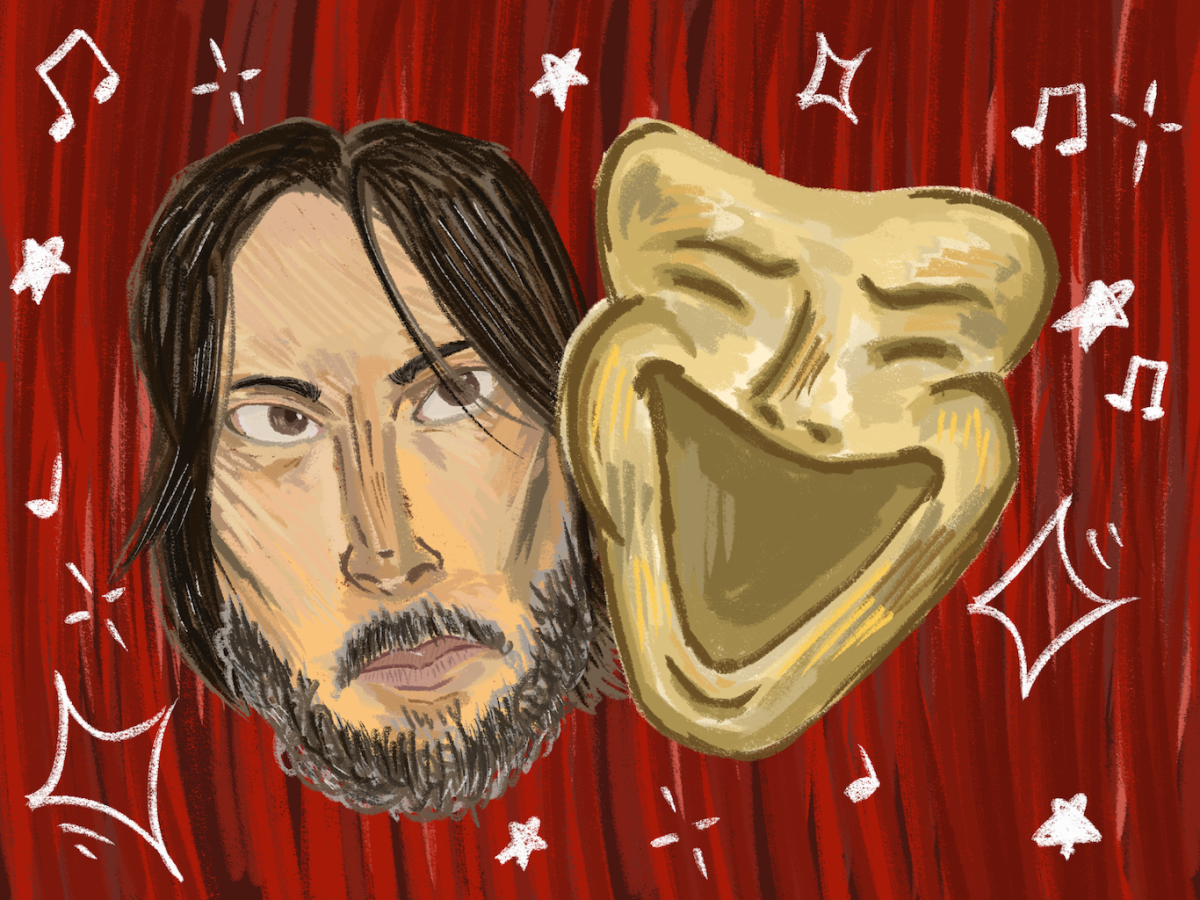The Australian Beach Body and Social Media
People relax in the rock pools at Coogee Beach in Sydney, Australia.
March 19, 2018
There’s nothing that makes you feel more naked than being in a bikini on a crowded beach — except for maybe actually being naked on the beach. Being in Sydney this semester, I’ve noticed students spend a number of days without classes at the many beaches this city offers. A nice relaxing day on the beach can be great, but there’s often the social anxiety of looking good enough to be on that beach. Australians are stereotypically and notoriously fit and good looking, heightening the pressure to look good on the sand and in the waves.
If the weight of a hot Australian summer weren’t enough, we live in a highly manicured, media-centric world. Those Instagram posts by your favorite blogger or that model you wish you looked like are almost too perfect for them to actually look like that, and there’s a reason why. They aren’t perfect — they’re edited. With this in mind, I’ve heard so many people talk about how they want to look good in their beach pictures. Some common edits include taking in their waists a little to look skinnier or rounding out their hips to look a little curvier.
Scrolling through your Instagram feed, you want to fit in with the same photoshopped images and take the same photos as your Instagram idol. With the technology available today, it’s easy and free to look like someone you’re not. You can download an app to do the job for you, and it’s almost undetectable. The temptation is right at your fingertips. It’s hard to take a step back and shake yourself from falling into the mold. As a photographer professionally and leisurely, on the beach or on day trips out to another part of New South Wales, I get requests to make girls look like models. I myself struggle with body image issues just as much as the next girl. We’re all convinced we don’t look like a Triangl bikini model in our own swimsuits.
But there’s power in not letting yourself fall into the norm of editing your body into so-called perfection. I tell people that I’ll fix blemishes, soften and clear up skin appearance in photos, but I refuse to change what the person’s actual body looks like.
Erasing a pimple or two or a dark mark here and there doesn’t change who you are or what you look like, but once you remove something that would change the physical structure of your body in the form of pixels, I feel a line has been crossed.
No matter what decade it is, there’s going to be an ideal for what society dictates your body should look like, but maybe now it’s the time to take control of it yourself. Brand campaigns such as Aerie’s promote body positivity and market all its photos as un-retouched. These advertisements show even the fittest of models as real girls who have some society-deemed flaws — some rolls when they sit or turn or some cellulite on the backs of their thighs.
All the sit-ups and crunches won’t make some parts of your body as flat as you want them to be, and the curves you want aren’t going to appear overnight. Making yourself look seemingly flawless for your Instagram post will only temporarily boost your esteem, and some other girl will probably look at it and wish they looked like you.
Email Anna Letson at [email protected].
























































































































































